Following on from the Statement of Policy intent on international recognition of medical devices released by the MHRA on 21 May 2024, it is clear that the role of the UK Responsible Person will still be important in the future regulations for the UK. This will be irrespective of whether devices will be placed on the market under the UKCA mark or using one of the recognition pathways from a comparable regulator country (CRC).
A UK Responsible Person (UKRP) is “a person established in the United Kingdom who acts on behalf of a manufacturer established outside the United Kingdom in relation to specified tasks with regard to the manufacturer’s obligations under these regulations.”
There has been a requirement for non-UK medical device & IVD manufacturers to appoint a UKRP in order to place their devices on the Great Britain (England, Wales & Scotland) market since the beginning of 2021.
A letter of designation must be created and signed by both the manufacturer and the UKRP to officially appoint the UKRP to act on behalf of the manufacturer. This letter is required to be uploaded as part of the registration process with the MHRA.
The UKRP responsibilities include:
- ensuring that the declaration of conformity and technical documentation are correct and available if required by the MHRA
- register the manufacturer, device and any importers with the MHRA
- liaise with the MHRA for any requests of documentation, samples of devices and with regards to any preventative or corrective actions
- inform the manufacturer of any complaints or any incidents related to the device
- terminate the agreement and inform the MHRA if the manufacturer does not comply with the regulations
Selecting your UK Responsible Person should take careful consideration. It is important that manufacturers appoint someone with the right experience to help with this process. The manufacturer needs to be confident that the UKRP will be fulfilling their obligations on the manufacturer’s behalf and consequently the UKRP should be considered a critical supplier. It is important that the manufacturer is assured that if there is a vigilance case identified on the Great Britain market, the UKRP knows how to engage with the MHRA and will communicate the issue in the correct time scales. The manufacturer also needs to be assured that the UKRP can assist with post market reporting and may also deliver regulatory updates which may affect the ability to continue to place devices on the Great Britain market.
This especially will become more important as the new regulations come into effect. The government responses to the consultation on the future regulations released in June 2022 indicates that a “Qualified Person” would be required to be permanently and continuously at the disposal of a UKRP. This “Qualified Person” would need to meet minimum qualifications and/or regulatory experience in the field of medical devices or IVDs. This role is expected to be similar to the Person Responsible for Regulatory Compliance (PRRC) for the IVD Regulation and therefore it will be important for manufacturers to ensure that the selected UKRP can fulfil this requirement. The UKRP name will also need to be included on the label, although this may be via over-labelling and the MHRA are also investigating the possibilities around digital labelling.
At IVDeology we offer a UK Responsible Person service. We currently have a number of different customers from across Europe and the US and between them we have registered 489 products with the MHRA to date.
Our onboarding process involves the appropriate contract and letter of designation, followed by a technical review of the devices to be registered by one of our team. Once confident that everything is in place, the manufacturer and devices are registered with the MHRA. The process can and has been completed very quickly when a complete technical file has been provided to us for review.
One of the biggest challenges we have faced is around GMDN codes. The MHRA registration process utilises GMDN codes to register the devices. Often this has not been considered by manufacturers or the selected codes haven’t been reviewed to ensure that they are still current and appropriate for the device in question. This can often lead to a delay in being able to register and ultimately placing the device on the UK market.
As a UKRP, we also provide Post Market Surveillance reports for our customers annually and keep them updated with any new relevant information released from the MHRA on future regulations. This will be more important as the Post Market Surveillance is implemented and also to ensure that our UKRP customers continue to meet the changing regulatory requirements for the UK.
In summary, to place medical devices or IVD’s on the Great Britain market, there is already an established requirement to have a UK Responsible Person. Whilst currently there are limited restrictions on who this person can be other than they have to be based in the UK and many manufacturers have enlisted their distributor or a UK office to fulfil this role, moving forward it will be more important to ensure that the UKRP that you have selected has the right level of expertise and experience to help support you place your device on the Great Britain market.
You can find out more about our UK Responsible Service here or book a call with one of our team.
Written by Regulatory Specialist Fiona Thompson, IVDeology Ltd and IVDeology UKRP

